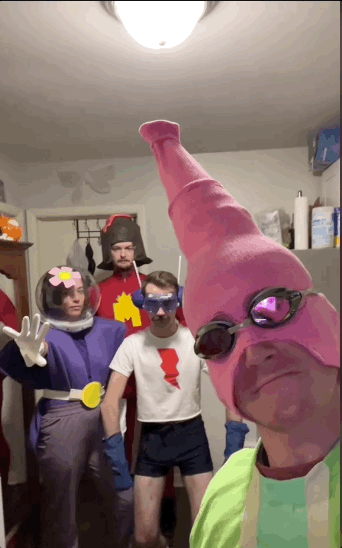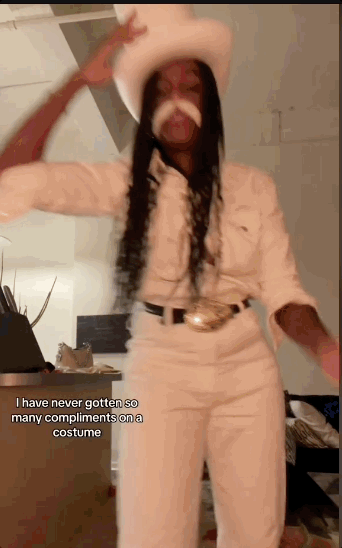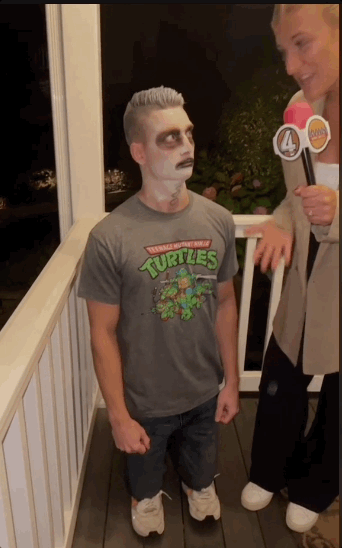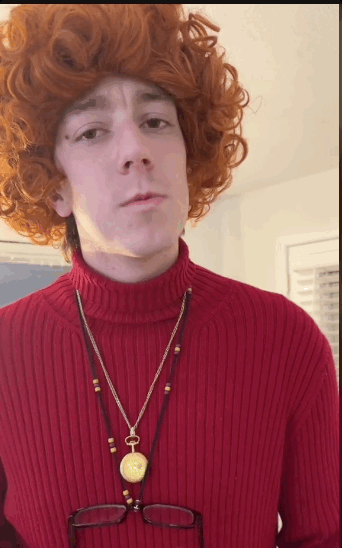Mariah Carey has exited her ice box, which can only mean one thing: the holidays are approaching. Before we talk shop about early Black Friday deals, we must honor the beautiful and chaotic landscape of 2023 Halloween costumes and what brands can learn from them.
Halloween is a fascinating lens through which we can examine the cultural moments that resonated with consumers over the past year. Especially Gen Z, who have had their first official COVID-free year and have been making the most of it. This generation has embraced the experience economy and has never shied away from a themed party. Their love for nostalgia is vast, comprehensive, and all-consuming. Their uncanny ability to communicate with each other through memes is admirable. It's no surprise their Halloween costumes reflected these identity markers. No internet meme, cultural reference, or Y2K scene was too niche.
We rounded up some of the most iconic costumes we saw on our feeds to share with you in hopes you might find some inspiration for your next creative campaign.
Y2K nostalgia was hot, especially for the Nickelodeon franchise, specifically with niche references from Spongebob and Fairly Odd Parents scoring big with homemade costumes.


Not to mention some of the internet's most famous memes of the early 2010s and some of the best memes to come out of TikTok this year.
Like the “Zombie Kid Likes Turtles.”.

Alongside newer TikTok references from the last year, like this woman asking if you’ve ever had a Krispy Kreme and, “was it Krispy?”

Even taking inspiration from current events, like the Paris Bed Bug Infestation.

So, what can Gen Z’s choice in Halloween costumes teach brands?
Gen Z doesn't merely replicate pop culture references; they embody them with a genuine passion. And use these references to connect both online and IRL. If our consumers can create and engage with cultural moments at this speed and level of creativity, imagine what they expect from brands aiming to create culture. If brands communicate with their consumers online, consider leveraging meme culture and tapping into nostalgia to reach their audiences.
While this might be daunting, investing in community management can help brands understand the subcultures and communities that resonate with young audiences to build trust and credibility. For heritage brands, this can come to life through embracing partnerships, like Tiffany Co. collaborating with streetwear brand Supreme. For newer brands, it's the perfect opportunity to embrace trends and meme culture to have a similar effect. Duolingo, for example, is known for creating cultural conversation. Their partnership with Crunchyroll encouraged language learning through watching anime (in 2021, it was reported that over 2.8B people watch anime globally).
In essence, established and newer brands can find ways to resonate with Gen Z by understanding their preferences, embracing authenticity, and actively participating in cultural conversations. But to participate authentically, you need to understand the nuance of these communities. And that’s something we can help with. Are you ready to get started?
xoxo
Culturecore

